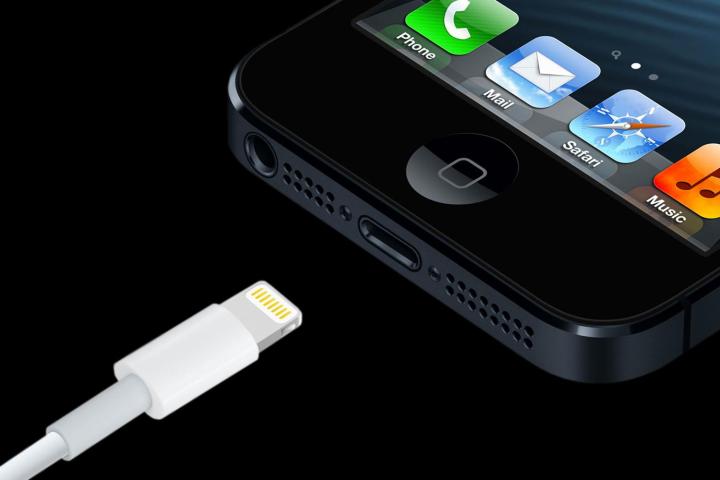
The move would enable Apple to shave off “more than 1mm” from the thickness of the current iPhone 6S, according to 9to5Mac, citing the Japanese blog Macotakara. This could give Apple an opportunity to boast that the iPhone 7 is the thinnest iPhone ever.
The 3.5mm headphone jack is essentially the bottleneck to supreme thinness, since it “can hardly be thinner because it is the world standard,” according to Macotakara. Apple once considered replacing the 3.5mm port with a 2.5mm port, according to 9to5Mac. Last year, Apple introduced Lightning headphone specs, though Lightning headphones are still a rarity.
“The report claims that Apple will bundle Lightning connector-equipped EarPods with the next iPhone, incorporating a tiny DA (Digital to Analog) converter into the connector,” according to 9to5Mac.
If this report is accurate, Apple’s move would open the floodgates for manufacturers of 3.5mm-to-Lightning adapters. It also surfaces questions about charging the iPhone while a headphone is plugged in.
Editors' Recommendations
- This one Apple Fitness feature completely changed how I exercise
- An Apple insider just revealed how iOS 18’s AI features will work
- iPhone 16: news, rumored price, release date, and more
- iPhone SE 4: news, rumored price, release date, and more
- 3 reasons why I’ll actually use Anker’s new iPhone power bank


